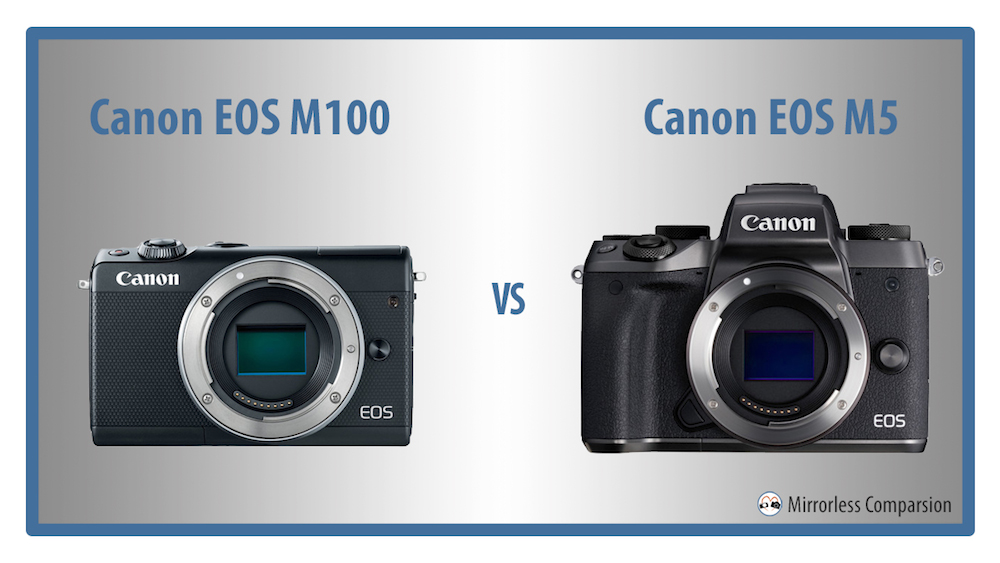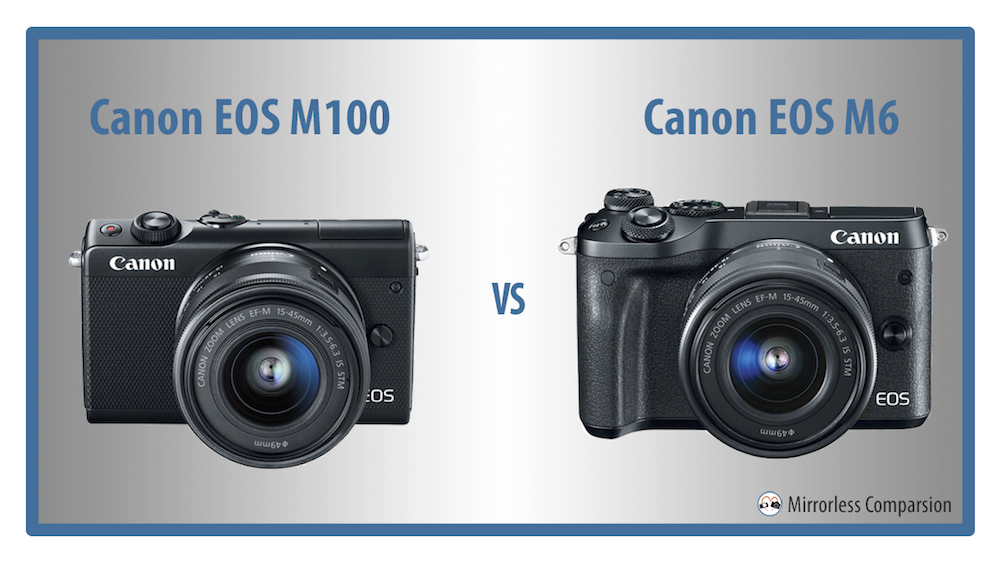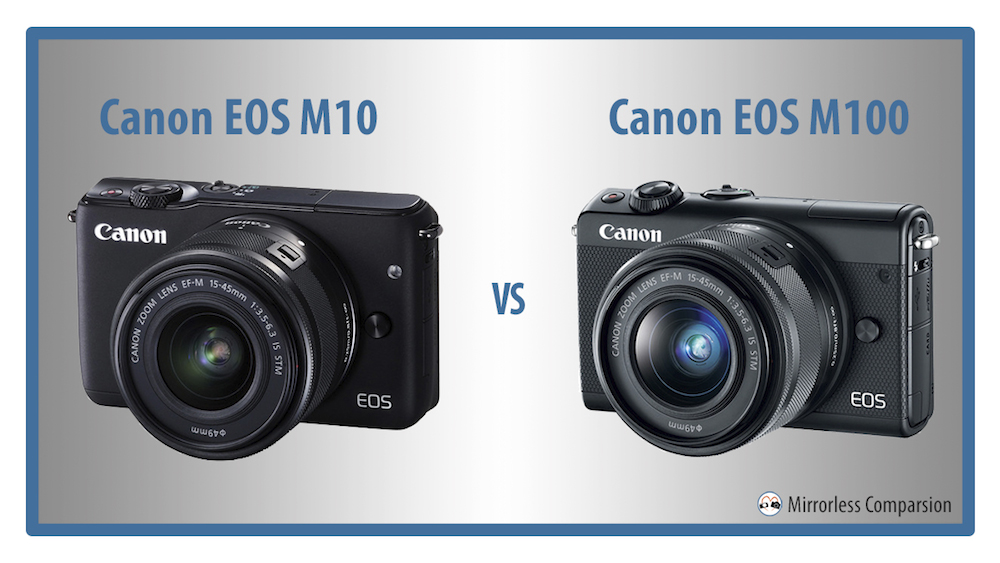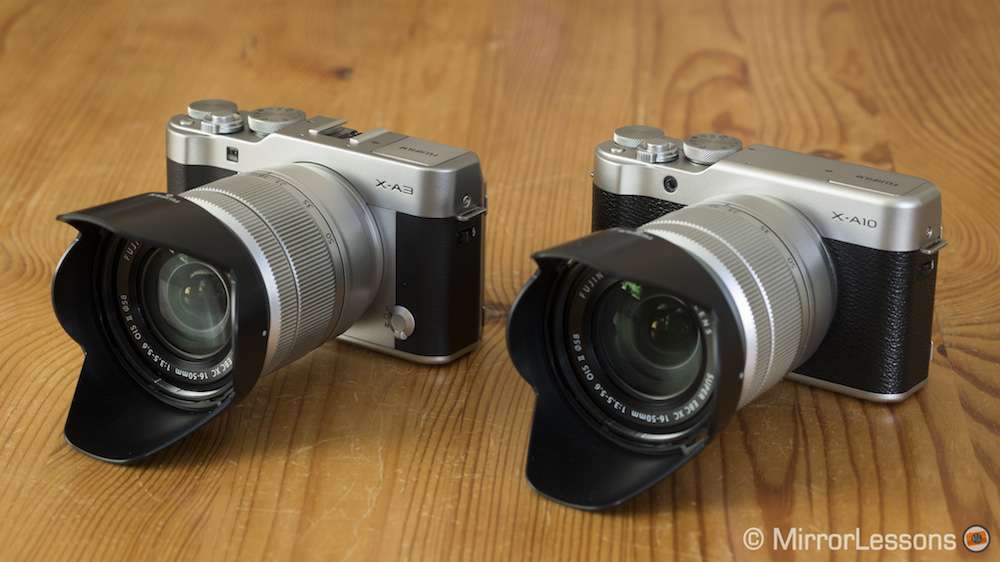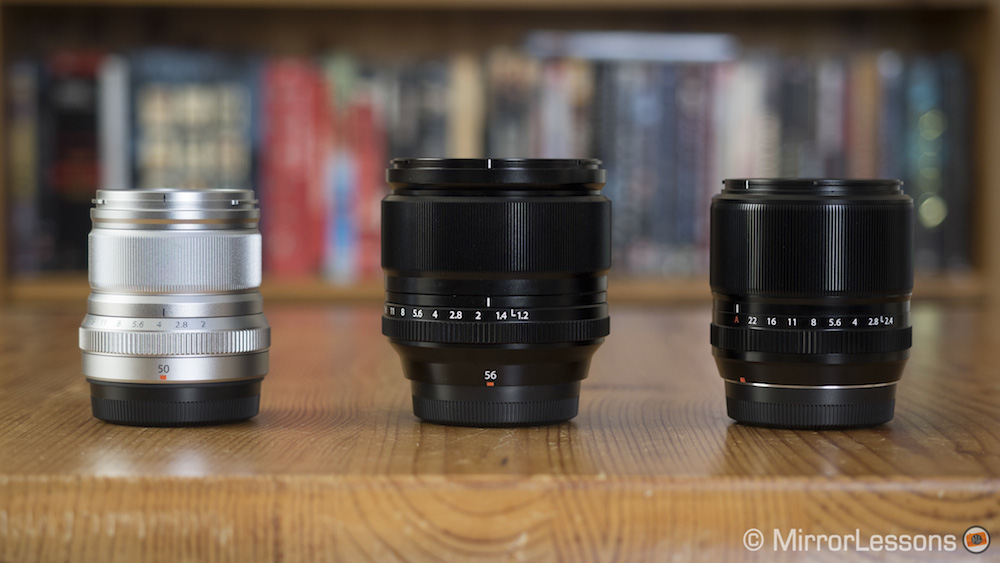There are currently seven models within the Canon EOS M range, four of which are still in production. At the top of the chain sits the EOS M5 flagship camera, which incorporates much of the latest technology from Canon and differentiates itself by being the sole model to include a built-in viewfinder. On the other is the newly announced EOS M100, an entry-level model for those interested in upgrading from the camera on their smart device to something more serious.
Author's Bio and Articles
Heather Broster
Heather Broster co-founded Mirrorless Comparison and has produced several reviews and comparisons for the website as well as our YouTube channel. A passionate photographer since her 14th birthday, she loves macro, butterflies, instant cameras and taking pictures of people at events.
The 8 Main Differences Between the Canon EOS M100 and M6
Today Canon announced the successor to the two-year-old EOS M10 mirrorless camera, the EOS M100.
Despite belonging to the entry-level category, Canon was happy to furnish it with many of the best features found on the mid-range EOS M6. These include the latest 24.2MP sensor and DIGIC 7 image processor, Dual Pixel AF system, Full HD video at 60p, and Bluetooth connectivity, just to name a few.
Now, similarities are all fine and dandy, but if you’re visiting this article, you’re probably more curious to know about the main differences given the $300 price gap between the two cameras. Let’s take a look!
The 10 Main Differences Between the Canon EOS M10 and M100
Canon’s EOS M mirrorless interchangeable-lens system has been around since 2012 and consists of seven models, the latest of which was announced today.
The EOS M100 is the successor to the entry-level EOS M10 model which was released nearly two years ago in November 2015. It promises many of the specifications of the mid-range EOS M6 while retaining the compact form factor of its predecessor.
Let’s take a look at the ten main differences between the two models now!
Fujifilm X-A3 vs X-A10 – The complete comparison
Sitting at the entry-level end of Fujifilm’s range of interchangeable lens cameras is the Fujifilm X-A3, and a small step below it, the X-A10. Because they have been designed for beginners, they are also the most affordable cameras in the range, but this hasn’t stopped Fujifilm from gifting them with a number of appealing features.
Looking at them side by side, you could easily mistake them for the same camera but a closer look inside and out soon reveals a handful of differences – some minor, others that could impact your decision to choose one instead of the other.
Fujifilm XF 50mm f/2 vs 56mm f/1.2 vs 60mm f/2.4 – The complete comparison
The Fujifilm XF 50mm f/2 arrived on the scene last year, completing the triad of inexpensive and lightweight f/2 primes for the system. With its equivalent field of view of 76mm in 35mm format, it is long enough to be considered a decent portrait lens but can also work for events and everyday walk-around photography.
No sooner was this lens released than people began to wonder how it compares to two other lenses for the Fujifilm X series with a similar focal length: the premium XF 56mm f/1.2* and the five-year-old XF 60mm f/2.4 – and rightly so, since it is the most affordable of the three despite being the most recent.

